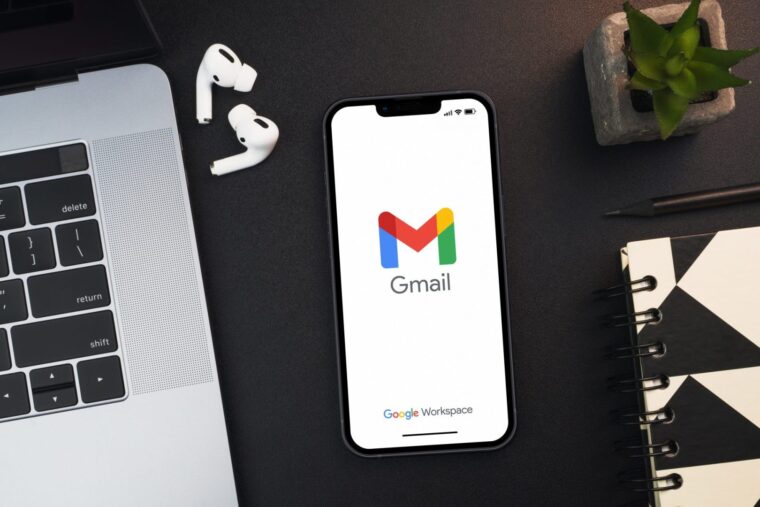The digital security landscape has shifted following a breach involving Google’s Salesforce system, raising new concerns for Gmail users. While Gmail itself was not hacked, the incident has created opportunities for more convincing scams that exploit trust and professional relationships. For billions of people who rely on Gmail, the risk lies not in stolen passwords, but in the growing sophistication of cybercriminal tactics.
Understanding the breach impact
In June 2025, the hacker group ShinyHunters targeted a Google employee through social engineering. Posing as IT support, they persuaded the worker to install malware, which gave them access to Google’s Salesforce system. From there, the attackers extracted business-related contact information, including email addresses, company names, and metadata.
Google has confirmed that no Gmail passwords or personal user credentials were stolen. However, the exposed information is still valuable. By mapping professional networks and corporate contacts, attackers can craft more realistic scams, making messages appear as though they come from trusted colleagues, vendors, or even Google itself.
The rising threat of phishing and vishing
The breach has fueled a rise in phishing and vishing campaigns. Unlike generic spam, these scams reference real projects, colleagues, and organizational details, making them far more persuasive. Messages often arrive during business hours and are written in the style of genuine corporate communication.
In some cases, criminals have turned to voice-based tactics. Using spoofed 650-area-code numbers, they pose as Google support representatives or IT staff. These calls may begin with convincing details before steering the conversation toward requests for login credentials or sensitive information. By combining email and phone scams, criminals create multi-vector attacks that increase their chances of success.
Email security as digital infrastructure
Email remains the backbone of digital identity. It connects users to banking platforms, social media networks, cloud storage, and workplace systems. A single compromised account can provide attackers with a gateway to reset passwords, intercept communications, or impersonate victims in professional settings.
This interconnected reality means that email security can no longer be treated as an afterthought. It must be considered critical digital infrastructure, with protections that match its importance.
Immediate protection strategies
Experts recommend a layered approach to protecting accounts in this evolving threat environment:
-
Use unique, complex passwords for every account to avoid creating chains of vulnerability.
-
Enable two-factor authentication, preferably through app-based authenticators or hardware keys, since text-message verification remains vulnerable to interception.
-
Adopt passkeys or biometric sign-ins where available for stronger protection against phishing.
Google has emphasized that it never makes unsolicited calls about account security. Any contact claiming otherwise should be treated with suspicion.
Recognizing suspicious activity
Awareness is one of the strongest defenses. Red flags include:
-
Emails with urgent language urging immediate action
-
Messages containing unusual links or attachments
-
Phone calls from supposed Google representatives or IT staff asking for credentials
The safest way to verify account concerns is to go directly to official Google websites or apps, bypassing any embedded links or instructions from unsolicited messages.
Ongoing account monitoring
Regular reviews of account activity can help detect problems early. Google provides built-in security tools that allow users to:
-
Check login history and device activity
-
Review which third-party apps have access to their account
-
Verify email forwarding rules, which may indicate an attempt to redirect communications
Responding quickly to unusual activity can stop a minor intrusion from escalating into a broader breach.
Bottom line
The Salesforce breach did not compromise Gmail accounts or expose user passwords. What it did expose is a new reality: cybercriminals do not always need direct access to systems to launch damaging attacks. By stealing business contact information, they have found ways to make scams more believable, blurring the line between legitimate communication and fraud.
For Gmail users, the lesson is clear. Protecting your inbox requires more than a strong password. It demands layered defenses, constant vigilance, and proactive account monitoring. In today’s threat environment, email security is essential.




